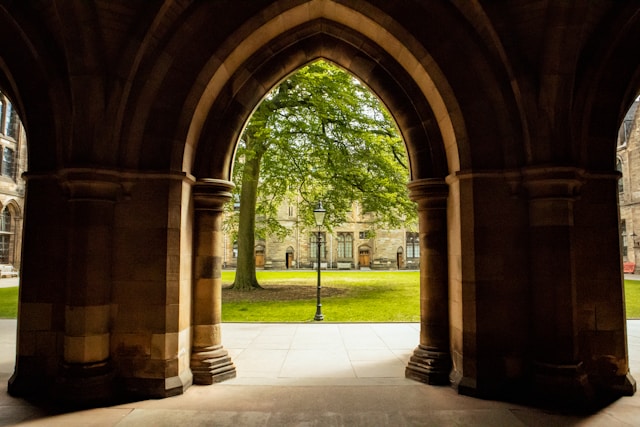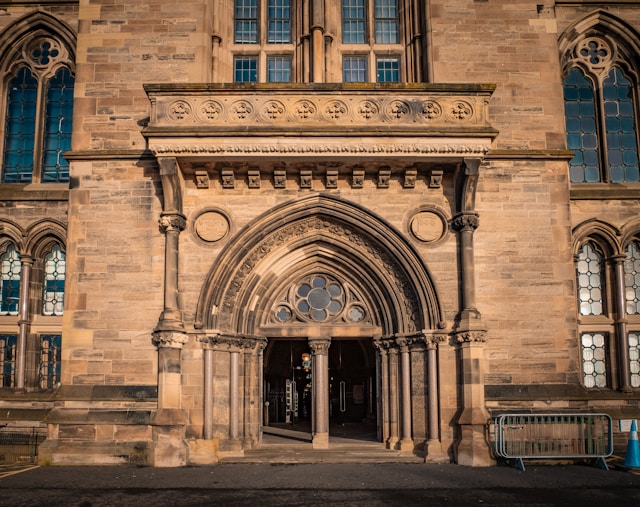New Zealand’s architectural landscape is a fascinating tapestry woven with diverse influences, each reflecting the cultural, social, and historical contexts of its time. Nowhere is this more evident than in the Victorian era, when a wave of European settlers brought with them a rich array of architectural styles that would come to define the country’s built environment. In this article, we embark on a journey through the architectural styles of Victorian New Zealand, from the Gothic Revival grandeur of government buildings to the elegant simplicity of Italianate villas.
The Gothic Revival: A Symbol of Authority and Grandeur
During the Victorian era, Gothic Revival architecture emerged as a dominant style for public buildings, reflecting the aspirations of colonial governments to project authority and grandeur. In New Zealand, this style found expression in landmark structures such as the Canterbury Provincial Council Buildings in Christchurch, with their soaring spires and intricate stonework evoking the majesty of medieval cathedrals. Gothic Revival buildings became symbols of civic pride and cultural identity, leaving an indelible mark on the architectural heritage of the country.
Italianate Elegance: A Touch of Mediterranean Charm
In contrast to the grandiosity of Gothic Revival, Italianate architecture offered a more understated elegance characterized by its symmetrical facades, low-pitched roofs, and classical detailing. Popularized in New Zealand during the mid- to late-19th century, Italianate villas became the preferred choice for affluent homeowners seeking to emulate the charm and sophistication of Mediterranean estates. From the ornate verandas of Auckland’s Pah Homestead to the graceful arches of Dunedin’s Larnach Castle, Italianate buildings added a touch of continental flair to New Zealand’s architectural landscape.
Colonial Vernacular: Adapting to the New World
Amidst the proliferation of imported architectural styles, a distinctively New Zealand vernacular began to emerge, blending European influences with local materials and building traditions. Colonial cottages, characterized by their simple timber construction and corrugated iron roofs, dotted the countryside, offering humble yet charming dwellings for settlers seeking a new life in the colonies. As the colonies grew and prospered, so too did the architectural vocabulary of New Zealand, resulting in a rich tapestry of styles that reflected the country’s evolving identity.

Exploring Architectural Diversity: A Living Legacy
Today, the architectural diversity of Victorian New Zealand remains a testament to the country’s rich cultural heritage and architectural legacy. From the Gothic Revival masterpieces of Wellington to the Italianate villas of Nelson, each style tells a unique story of the people and events that shaped the built environment of the country. By exploring these architectural treasures, we gain a deeper appreciation for the ingenuity, craftsmanship, and creativity of those who came before us, leaving behind a legacy that continues to inspire and enrich our lives.
